Ten years earlier, scholars such as Henri Gourdon and Albert de Pouvourville had expressed the urgent need to establish a central school of indigenous decorative arts, but their fervent appeals failed to move the colonial government at the time.
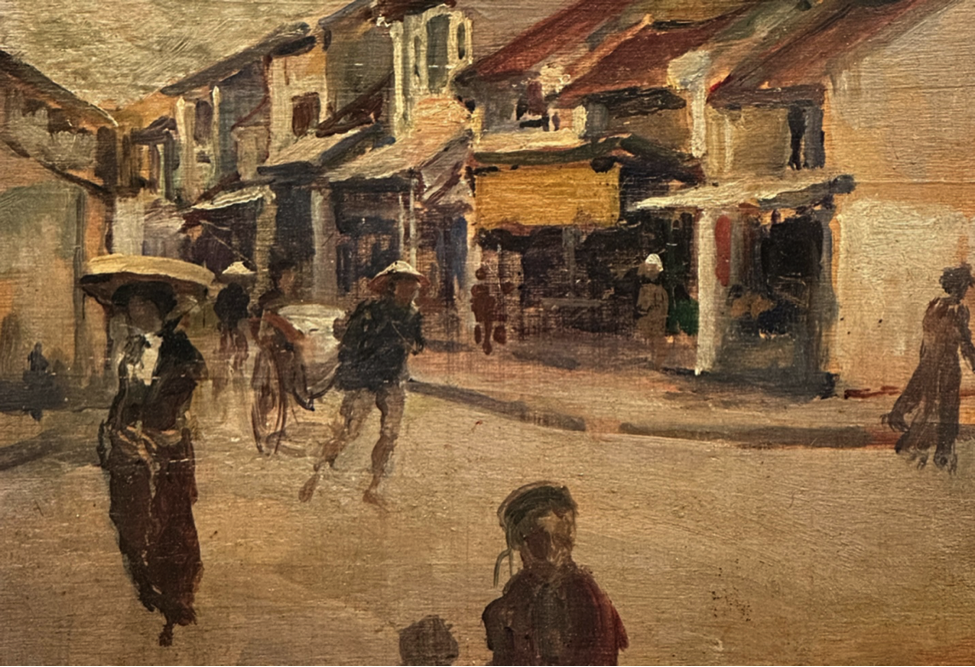
A corner of Hanoi street - oil on wood, painted by Victor Tardieu in 1921
PHOTO: MANH HAI FICKR
On October 10, 1924, the acting Director of the Indochina Education Department, Blanchard de la Brosse, presented to the Governor-General the proposal to open a training facility for native artists. This report was considered a spur for Governor-General Merlin to immediately realize the project.
In his speech at the Conference held at the Colonial School, Paris, France on January 9, 1914 (published in Revue indochinoise , June 1914, pp. 547 - 562), Henri Gourdon - Director of the Colonial School (1933 - 1936) and Director (1905 - 1909), Inspector General (1910 - 1913) of the Indochina Education Department - stated: "It is impossible to believe in an "Indochinese race" [race indo-chinoise] and the uniqueness of the Indochinese civilizations fades further when we know better the civilizations of the neighboring countries that have shaped and molded them. It is also impossible to speak of an "Indochinese art" [art indo-chinois] if we know the fundamental differences in the inspiration of Cambodian and Cham art when compared to Annamese art" (pp. 547 - 548).
Henri Gourdon indeed stated the true state of Annamese art and his comments were shared by many of his compatriots.
Despite their disappointment with Annamese art in general, Westerners still had a certain admiration for mother-of-pearl inlay works and praised Annamese inlay workers for reaching a level of perfection that surpassed that of Cantonese inlay workers.
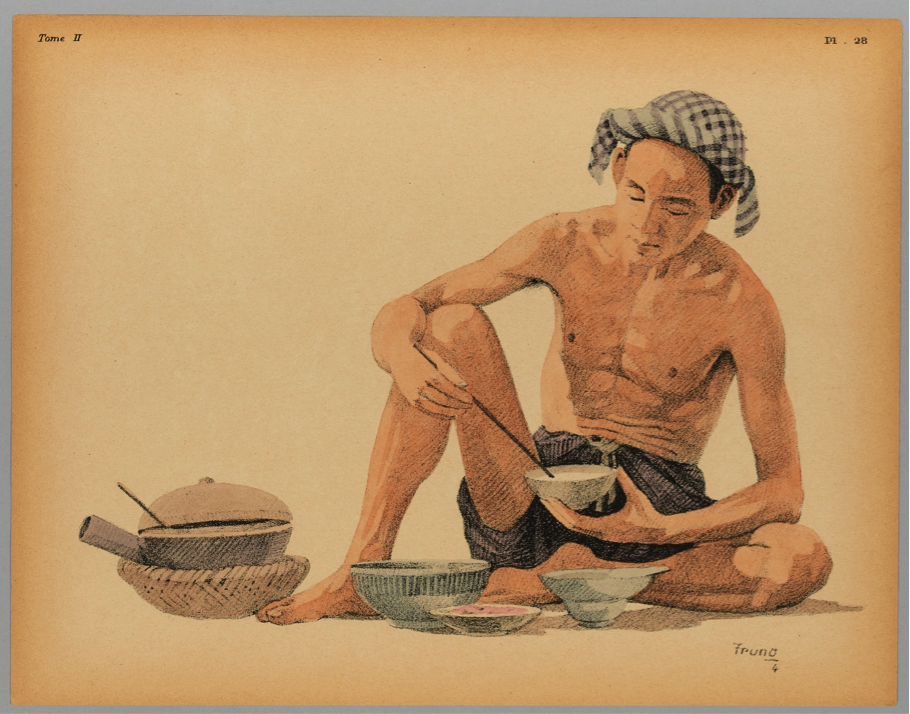
Annamese Meal, painting by Gia Dinh Fine Arts School, published in 1935
PHOTO: MONOGRAPHIE DESSINÉE DE L'INDOCHINE (COCHINCHINE SECTION)
It was in this material, foreign to the West, that they recognized the suppressed creative qualities of the Annamese. They were fascinated by the realistic paintings full of shimmering colors of gray, green, purple... Note that, at that time, mother-of-pearl inlays were invaluable if they came from Dao Mai Huong's workshop in Hanoi or from Vu Van Toan's workshop in Bac Ninh .
Surprisingly, Gourdon tells us that at that time, the most famous art of Annam was embroidery. The screens of Pham Van Khoan, the curtains of Nam Quat, the cushion covers of Do Ba Uy all demonstrated a technique so skillful that it elevated the decorative objects to the status of precious works of art.
But, Annamese art, or any other art before it, was art serving religion. This obviously hindered any breakthrough of the artist. To have a new art, a radical revolution was required to eliminate copying, familiarity, and the long-standing thinking and feeling of the craftsmen. To have a large consumer market, there had to be originality, while Indochina at that time was absorbed in applying their traditional motifs to Henri II sideboards or Louis XV tea tables, and the buildings in large cities such as Saigon and Hanoi had the architectural style of Louis XVIII with carved balustrades and Macaronico-style columns (in Cochinchine: voyages [Nam Ky ngao du] by Léon Wetrth).
Remember that Léon Werth was a famous art critic, his comments must have been more valuable than those of the colonial officials who preceded him by half a century. He saw and criticized the hybridity in architecture in Saigon and neighboring provinces. He also did not forget to praise the porcelain sold in the country markets, the bowls that coolies used to eat on the streets. "European expatriates and Europeanized Annamese people despised this type of bowls and plates. They preferred the Louis XV style silverware and decorative plates sold on the rue Sentier. I bent down to look at the stacks of bowls and plates on the ground. I chose... I chose. Finally I touched the beautiful things. I felt saved, cleansed from the Chinese and Cambodian items sold on the rue Catinat [now Dong Khoi] with the strong decorative character of colonial mansions" ( Éditions Viviane Hamy , 1997, pp. 21 - 22).
So what was expected of Indochinese art at that time if not to sell to foreign buyers? Annamese ornaments had reached Hong Kong, Shanghai, even Singapore. The owners of the big art workshops became rich, but the French government was worried that the local art would decline.
To solve this problem, the colonial government has long tried to establish traditional vocational schools and improve production skills. In Bien Hoa and Thu Dau Mot, there are schools for wood carving, casting, and embroidery; in Ha Tien, there is a tortoiseshell fine arts school; in Sa Dec, there is a goldsmith school. A vocational school in Hue trains embroiderers and engravers. The Hanoi Chamber of Commerce established its own vocational school with a foundry and lacquer workshop, run by the Japanese. The government awarded prizes and titles to artisans… In short, the French have made great efforts to preserve Annamese art, support artisans, and open the doors of art to Vietnamese children. However, we still do not see the true presence of European art in Indochina, or rather, Indochina is still half a century behind the world in all aspects of art.
The project to open the Indochina Fine Arts School in Hanoi was nurtured and led by Gourdon. With his knowledgeable analysis and arguments, the project took more than 10 years to be approved by the colonial government, but his name was obscured compared to the newcomers who seized the opportunity at the right time: Victor Tardieu and Nam Son. (continued)
Source: https://thanhnien.vn/tram-nam-truong-my-thuat-dong-duong-bao-ton-nghe-thuat-nang-do-nghe-nhan-185241024194440633.htm







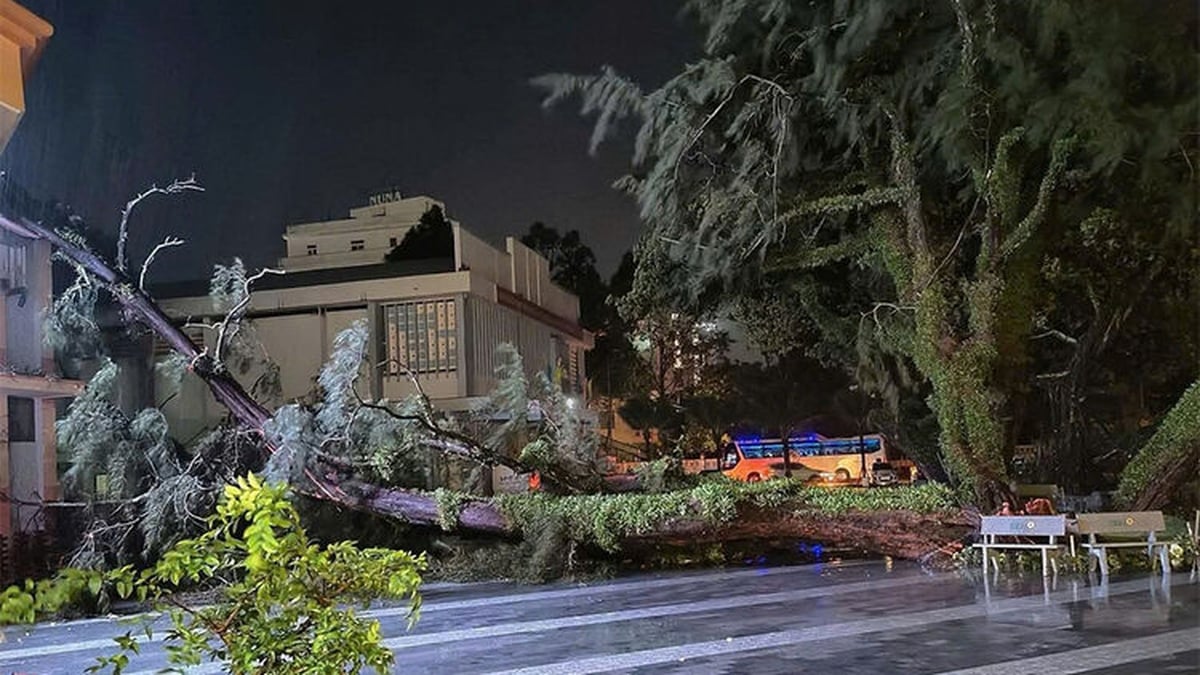

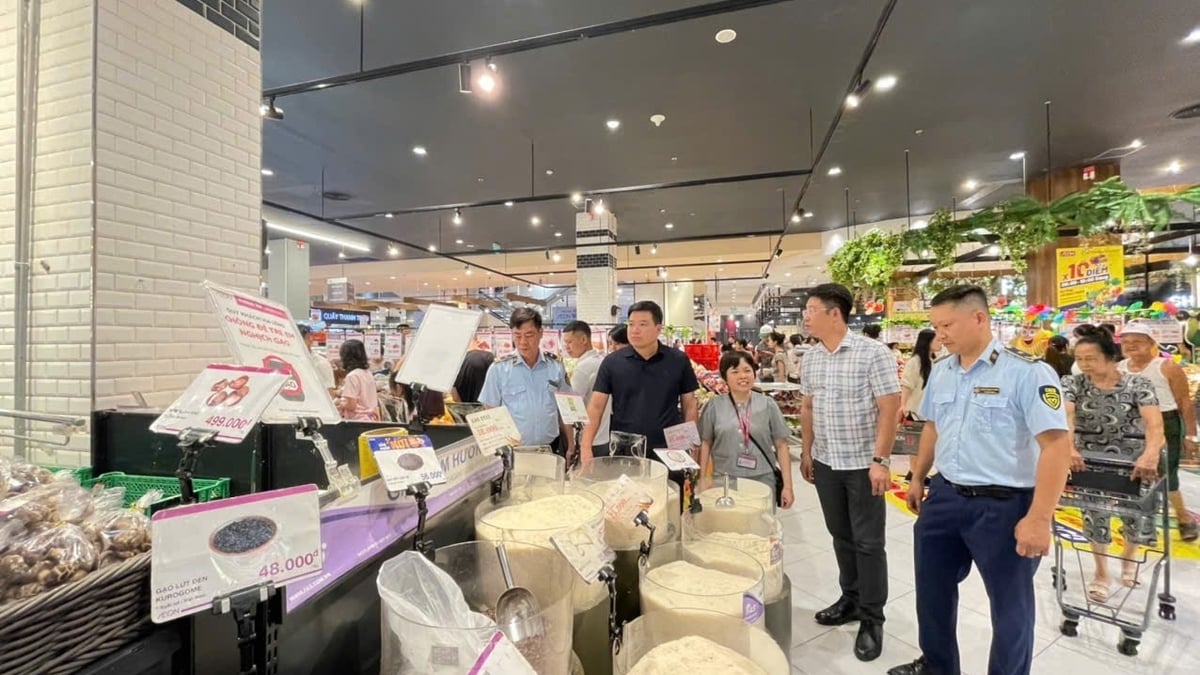
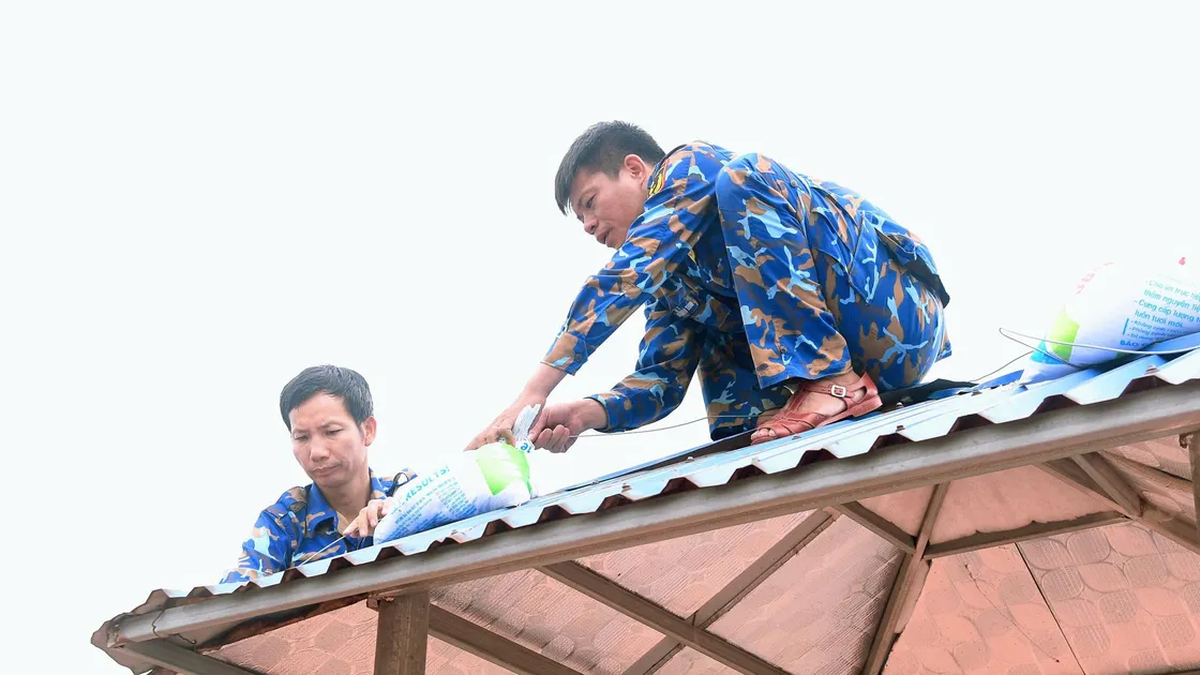














![[Photo] National Assembly Chairman Tran Thanh Man visits Vietnamese Heroic Mother Ta Thi Tran](https://vphoto.vietnam.vn/thumb/1200x675/vietnam/resource/IMAGE/2025/7/20/765c0bd057dd44ad83ab89fe0255b783)







































































Comment (0)